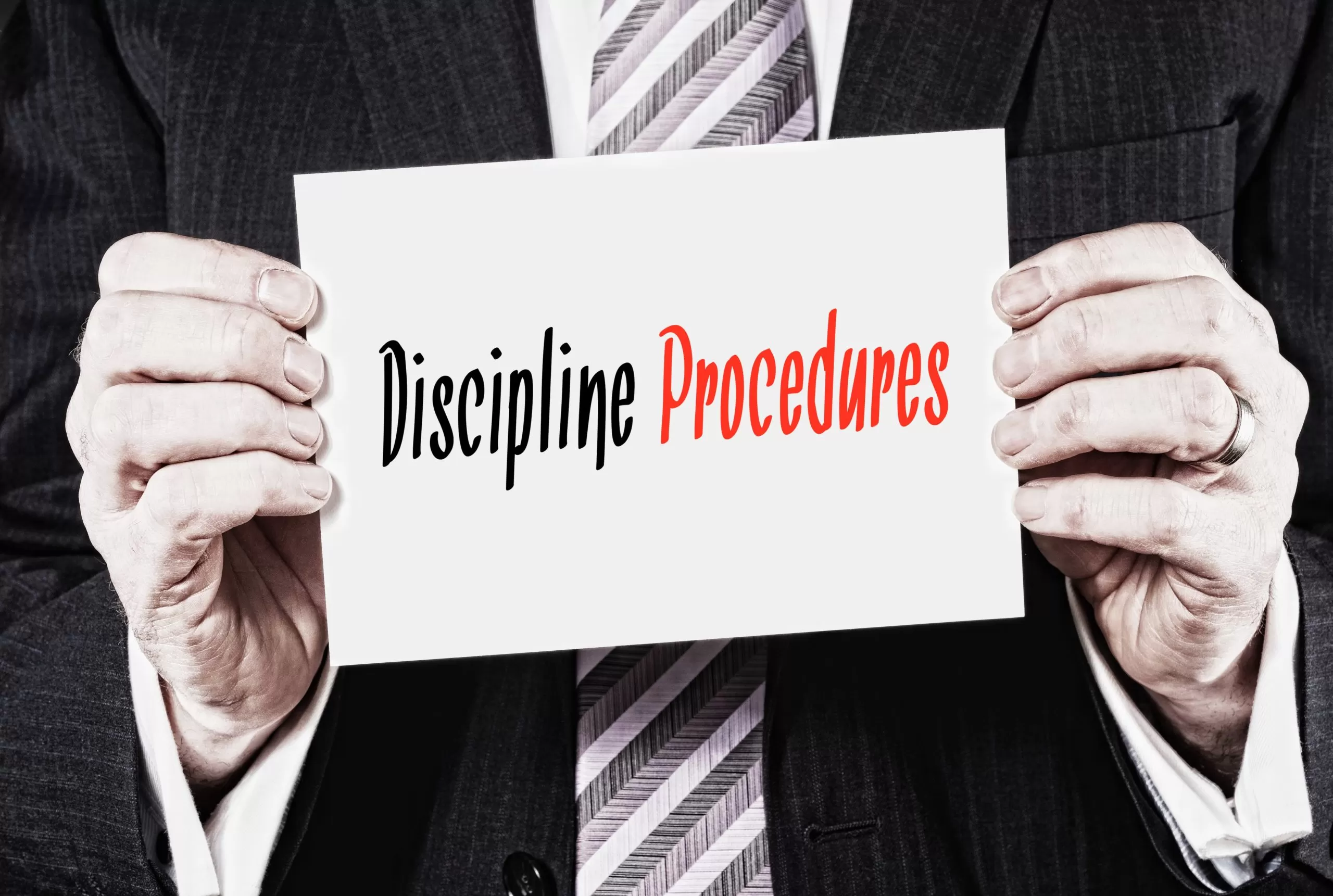What happens when work becomes too important? Too overwhelming? Too unmanageable? If you’ve asked these questions, you might be part of the 98% who have experienced burnout in HR. When I experienced burnout in my career, it was difficult to realize I had any options but to just escape the job. In hindsight, however, it requires a multifaceted approach. Our negative relationship to work is not only a result of our individual approach, but for HR, it requires change to the role itself.
HR has always been a catch-all for miscellaneous business tasks, but the role has changed from pre-pandemic levels. During the pandemic, HRs became health enforcement officers and even backup therapists. The nature of the role has always had an element of surprise with legislation changes, but it is still one of the most under-resourced roles. From frequent interruptions, unexpected change, and technology advancements, the core responsibilities have shifted and evolved. You not only have core HR duties, but you’re also the accountant and recruiter. These additional duties take expertise and assigning these additional roles under one “General HR” umbrella is no longer realistic, if it ever was.
“71% of HR leaders claim that burnout among HR teams is more of a challenge than pre-pandemic.”
As leaders are seeing the repercussions from people problems like incivility and lack of employee engagement, they are looking to HR for trusted insight into how to navigate the storm. The transformation of the HR role has already started. Between 2022-23, there was a startling 225% year-over-year growth in demand for interim Chief Human Resources Officers (CHROs). With the elevated CHRO role, the role must adapt to becoming effective at framing problems for stakeholders instead of becoming the solution.
From Carrying the Burden to Participatory Prioritization
What skills used to work in HR to remain successful in the role are no longer adequate. HR functions today face multiple challenges to prioritization ––51% of HR leaders reported they are receiving more requests for support, and 45% said it is more difficult now to handle conflicting demands. These demands are interdependent and unprecedented, with no specific individual responsible or one correct solution. Gartner suggests HR needs to pivot into the role of Convener and Catalyzer.
- Convener brings stakeholders together and provides the framework for the group to decide together.
- Catalyzer stakeholders to ideate new ways of working.
Participatory prioritization empowers HR and invites non-HR decision-makers to focus on reprioritization when confronted with unexpected business demands. This solution takes these demands from HR’s problem to stakeholders. Brian Tarallo of Lizard Brain, says Decision Models are one of the best ways to bring stakeholders into the conversation.
A decision model provides a sense of shared meaning for stakeholders and, while providing a framework for the conversation, it also shares the responsibility with decision-makers in finding solutions. Often HR is not the expert or the most qualified to solve the particular problem at hand, so by seeking collaboration from the leadership team, HR avoids picking up the slack. By framing the conversation for stakeholders, HR can also become aligned with the organization’s higher needs instead of operating on an island by themselves.
“Only 9% of HR functions are both highly efficient and highly aligned to their organization’s needs.”
Decision models require a specific strategy to elicit feedback from stakeholders and promote collaboration. If you often veer into uncomfortable territory like taking things personally or complaining to your manager about your overwhelming to-do list, consider a tactic known as “talking to the board”. Instead of focusing on personnel issues, this strategy keeps the group focused on the problem by focusing on the decision model.
The transformation is already beginning to take hold. More HRs are getting a seat at the table, whether they know how to be effective at getting their point across or not. Download our How to Be Effective Toolkit for tips on how to navigate your own burnout while utilizing Steven Covey’s 7 Habits of Highly Effective People when framing problems for stakeholders.
When the Job Isn’t the Only Problem
With burnout, the negative impact of a job is the symptom of another hidden problem. When you look back on your career, do you find similar patterns with bosses and ways in which you approach work? Do you often stay late, take work home on the weekends, or fall into perfectionism with menial tasks? You could change jobs, but you will take yourself with you.
“Wherever you go there you are.” – Jon Kabat-Zinn
Burnout requires you to look deeply at your approach to work and the way you live your life. What are your priorities? Do your habits reflect those priorities? We all lie on some part of the spectrum in our relationship to work. For example, I have at one point considered myself a struggling workaholic. I turned down a promotion to CIO because I was burned out. My solution was to work hourly roles until I could re-pattern my approach to work. I ended up changing my career, but what I realized is that these large life changes are not always the cure or have to be taken when you are facing burnout.
You may like your job, but you are not sure how to continue in it without burning out. Or maybe you are searching for more work/life balance or sustainable work. More often than not, a lot of us just reach a breaking point. We’ve tried everything to cope, but don’t know what life looks like otherwise. Once again, HR employees need to gain a new set of tools to find a solution.
One Wall Street executive launched an initiative for women to deal with burnout, read Julie’s story. Initially, her site seemed a little hokey, because when I stumbled upon it the pop-up kept waving at me to join her, but after watching Julie’s free training video and having experienced burnout myself, the tools she offers are right on point.
Most women in HR forums talk about wine as the solution for coping with the role, but Julie talks about adopting a new paradigm when it comes to our approach to work. The old way of working is letting life happen to us. This means we believe we have to put in the time for the job we have, answer all the emails, put out all the fires, and be “on” at all times. The result of this mentality has been that we end up drinking more, eating more, working more, shopping more, taking more vacations, or just leaving the job altogether when we can no longer cope.
Her approach suggests learning how to regulate your body and nervous system, setting boundaries without guilt, and discovering what you love outside your job. Do the work on yourself to understand what behaviors are getting you where you are.
Why Women?
A March 2021 survey by the Society for Human Resource Management (SHRM) found that over 40% of U.S. employees felt burned out from their work, and the problem was acute among women, with half reporting feeling that way. Over-reliance may have led to your success but won’t get you to the next level.
Julie says that burnout is often associated with similar personality traits:
- The People Pleaser
- The Perfectionist
- The Helper
- The Overfunctioner
- The Overachiever
- The Nice Girl
It’s important to notice the parts you are playing in the work cycle and what puts you in a position for burn out. Are you voicing your limits? Do you know what they are? Do you feel psychologically safe enough to do so with your employer? Use Crucial Conversations to help you navigate speaking up for your needs.
Work on Yourself, Then Transform the Role
Your internal shift is required to transform the HR role. A seat at the table means being able to influence stakeholders, but it also requires you to let go of your character defects. The Helper or Ovefunctioner, for example, will take on all the responsibilities themselves. Transforming the role requires that you let stakeholders find other solutions instead of taking them on yourself.
Instigating this transformation requires you to step up. It must come from a non-burn out mentality. A healthy approach to work knows your limits, the resources you have available, and the ability to delegate to others to find other solutions. Part of my workaholism meant I could never let go. I didn’t trust others to do as good of a job as I would. The control over the work made me “safer” than delegating to others. Adopting a new paradigm shift means others can do the work the same, if not better than me. These hidden beliefs are trapped deep with our psyche and require you to bring them to light in order to change.
Start with an internal shift before stepping into the role of a convener or catalyst. Analyzing your approach to work means defining your bottom lines. For me, I don’t work over 50 hours or on the weekends. When I exhibit these behaviors, I know I am back on the path to burnout. Defining these boundaries for yourself will make all the difference in taking on the role as CHRO in your organization.












